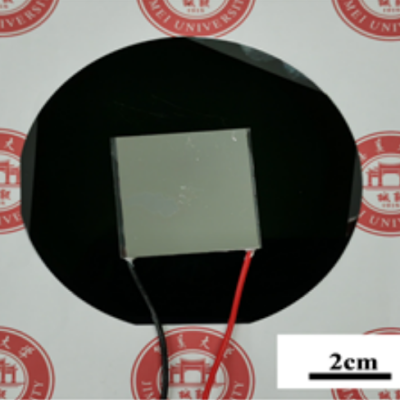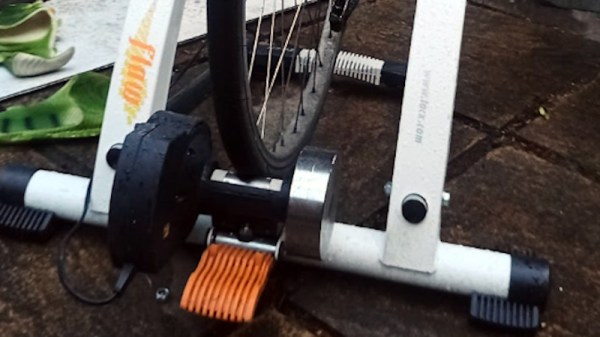Collecting energy from various small mechanical processes has always been something that’s been technically possible, but never done on a large scale due to issues with cost and scalability. It’s much easier to generate electricity in bulk via traditional methods, whether that’s with fossil fuels or other proven processes like solar panels. That might be about to change, though, as a breakthrough that researchers at Georgia Tech found allows for the direct harvesting of mechanical energy at a rate much higher than previous techniques allowed.
The method takes advantage of the triboelectric effect, which is a process by which electric charge is transferred when two objects strike or slide past one another. While this effect has been known for some time, it has only been through the advancements of modern materials science that it can be put to efficient use at generating energy, creating voltages many thousands of times higher than previous materials allowed. Another barrier they needed to overcome was how to string together lots of small generators like this together. A new method that allows the cells to function semi-independently reduces the coupling capacitance, allowing larger arrays to be built.
The hope is for all of these improvements to be combined into a system which could do things like augment existing solar panels, allowing them to additionally gather energy from falling rain drops. We’d expect that the cost of this technology would need to come down considerably in order to be cost-competitive, and be able to scale from a manufacturing point-of-view before we’d see much of this in the real world, but for now at least the research seems fairly promising. But if you’re looking for something you can theoretically use right now, there are all kinds of other ways to generate energy from fairly mundane daily activities.
Continue reading “Harvesting Mechanical Energy From Falling Rain”


















